Proposal
The proposal delves into the analysis of society’s influence on art and how Tanya Aguiñiga can use her artistic abilities to effect positive change in her environment. I have been inclined to learn of other artists who share the same activity line, such as Kelly Akashi and Edward Ruscha. The proposal discusses contemporary perspectives on various work types and categories and thoroughly examines the social context and its impact on many functions (Binfet 1). It also examines and considers the significance of various works of art in various settings. Los Angeles is illustrated through the perception of several characters, each with their own set of concerns, as they all center their attention on the exact location.
Tanya Aguiñiga
The proposal analysis goes into great detail about Tanya Aguiñiga’s position and the situation concerning the overall context of the proposal. Tanya Aguiñiga is a designer, artist, and social activist in New York City. Also, she is a writer and actress based in Los Angeles (Asquith & Wainwright 52). The contextual location for the evaluation analysis is in Los Angeles, the United States, where the author is based and practices her art skills. A Mexican-American mother and a woman, she brings to her work a unique point of view on the issues of gender and nationality that she incorporates into her own life and career.
In addition to furniture, textiles, wearable art, sculptures, and site-specific installations, Tanya Aguiñiga works with natural materials such as beeswax, wool, and human hair to create her works. Her works are believed to be on display in museums and galleries all over the world. The author can exceed her boundary restrictions, which is also a literal form of describing the San Diego and California borderline (Tellez 42). Several themes are enlightened in her artworks, with border activism, independence, and women empowerment being the most notable. This artist’s style has a strong connection with international women’s society and their rights.
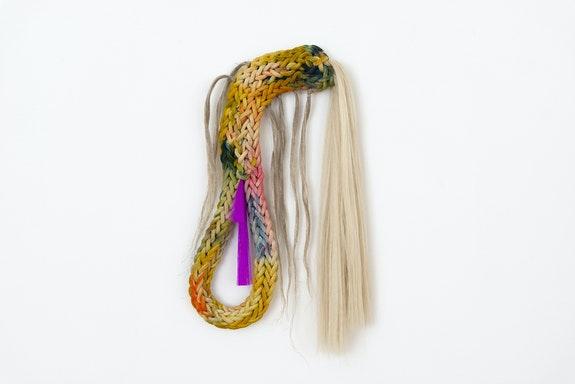
By making art crafts and designs, she can gain independence by fending for herself and the family at large. In addition, she manages a group of women who have delved into the art industry. This choice depicts the theme of women’s empowerment and freedom, a current issue that is critical at various levels in the societal setting (Savig et al. 62). Finally, the theme of continuity is also explored in the works of Tanya Aguiñiga (Murphy and O’Driscoll 190). Her art and skillset is an element that has been passed across multiple generations, showing how culture and norms are preserved. It is an advantage of art-based advocacy initiatives to work collaboratively during the creative process.
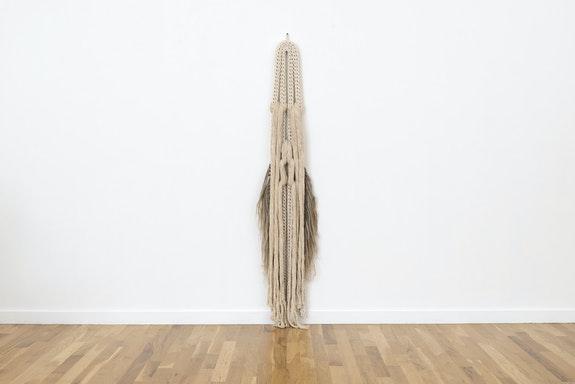
Kelly Akashi
First of all, in the works of this author, the topic of the need for change and the presence of diversity both in human life and in society as a whole should be emphasized. Kelly Akashi represents a bold and out-of-the-box thinking person who is able to express her feelings and emotions through art objects, thereby influencing the perception of people. In her creative works, the essence of a person’s relationship to the world around him is laid, in which he is able to accept unusual phenomena and interpret them in his way. To a large extent, these aspects connect the author with Los Angeles since this city is the center of attraction for people of different opinions, interests, and origins, generating a non-standard society.
Kelly Akashi creates innovative, dynamic forms that evoke phases of biological change, development, and decay through sculptures and compositions that stress the reciprocity of contact. Her fascination with the photographic process of transition across time and place led the Los Angeles artist to experiment with candle-making, sculpting, and flameworking. The self-consuming flames of pouring wax candles and transitory light flowing through blown glass items illuminate Akashi’s sculptural environment, which is in a continual state of transformation. The deceptively subtle geometric forms are created in order to provoke to be touched and are typically held in beautifully crafted bronze hands, which are identifiable and oddly attractive.
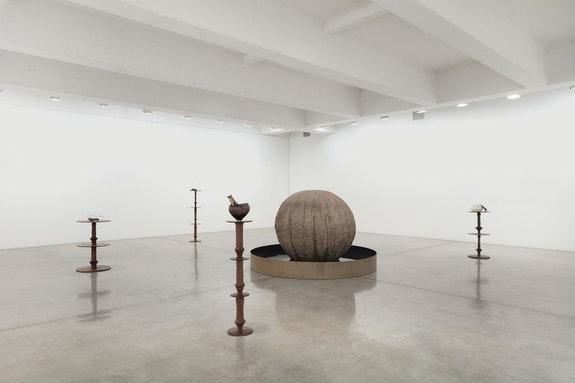
Kelly Akashi was born in the city of Los Angeles and obtained her MFA from the University of Southern California. She is known for her lyrical sculpted creations made of glass, wax, and metal. Her expressive artworks address the body in imaginative and conceptual ways, willing to work with sensual subject material. Akashi, who was educated as a photographer, creates static life works and object groupings in the manner of surrealist photographers. Due to the presence of the artist’s well-developed skills as a professional photographer, she is able not only to create sculptural samples but also to represent them in a picturesque and high-quality manner.
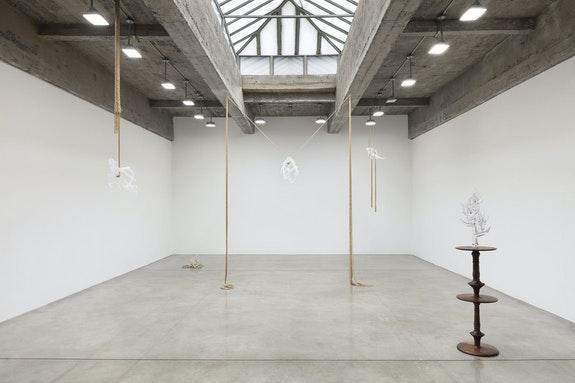
Edward Ruscha
Edward Joseph Ruscha is a well-known pop artist from the United States of America. Painting, printing, drawing, photography, and video are some of the mediums in which he has performed. He is considered the representative of the pop art movement, which includes images from popular and mass culture, such as commercials and everyday mass-produced goods, posing a challenge to fine art standards (Galenson 86). Referring to the proposal concerning Edward Ruscha, it is possible to state that he depicts society, in particular, the city of Los Angeles, as an old-fashioned movie, emphasizing the sense of ordinary objects.
An illustrator whose full life’s artwork is extensively connected with Los Angeles and Southern California, Ed Ruscha is an expert in various mediums and genres. The 82-year-old, regarded as a Pop artist, is known for works that include phrases like Radio, Honk, and Oof. He also made drawings with explosives, fruit drinks, and grass stains, as well as images of petrol stations, parking lots, and swimming pools. In this case, the exceptional versatility of the artist can be emphasized since the thoughts and concepts of his works are felt in almost all spheres of art.
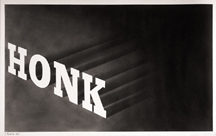
Ed Ruscha has created photographic books, witty photo composites, watercolors, and paintings that show a deep interest in language and the quirks of lifestyle in Los Angeles, where he resides. In his artworks, he overlays photographic pictures or pastures of color with words and expressions from the colloquial and consumerist lexicon, an approach that positions him within the greater pop art history. Ruscha frequently uses unconventional materials in his paintings and drawings to highlight the decay of language and the prevalent clichés in American society. Based on this author’s work, we can conclude that the meaning and non-standard reading can be found even in the most common objects, such as inscriptions at gas stations.
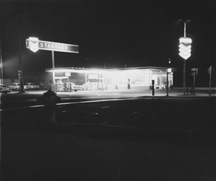
References
Asquith, Wendy, and Leon Wainwright. “A Moment to Celebrate? Art of the Caribbean at the Venice Biennale.” Journal of Curatorial Studies, vol. 9, no. 1, 2020, pp. 40-68.
Binfet, Dana. “Celebration Spectrum brings dynamic DJ sets, art installations to Grand Park.” UWIRE Text, Web.
Galenson, David. “Pricing revolution: From abstract expressionism to pop art.” Research in Economics, vol. 72, no. 1, 2018, pp. 86-100.
Murphy, Kevin, and Sally O’Driscoll. Public Space/Contested Space: Imagination and Occupation. Routledge, 2021.
Savig, Mary, et al. “What Is Feminist Art?.” Archives of American Art Journal, vol. 60, no. 1, 2021, pp. 62-79.
Tellez, Michelle. Border Women and the Community of Maclovio Rojas. University of Arizona Press, 2021.